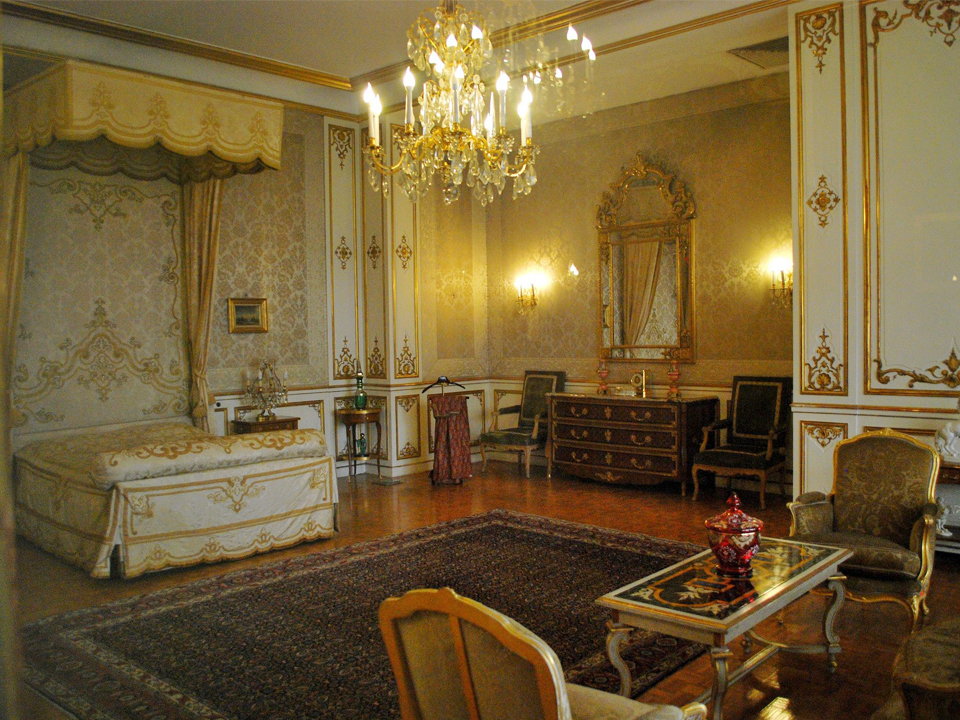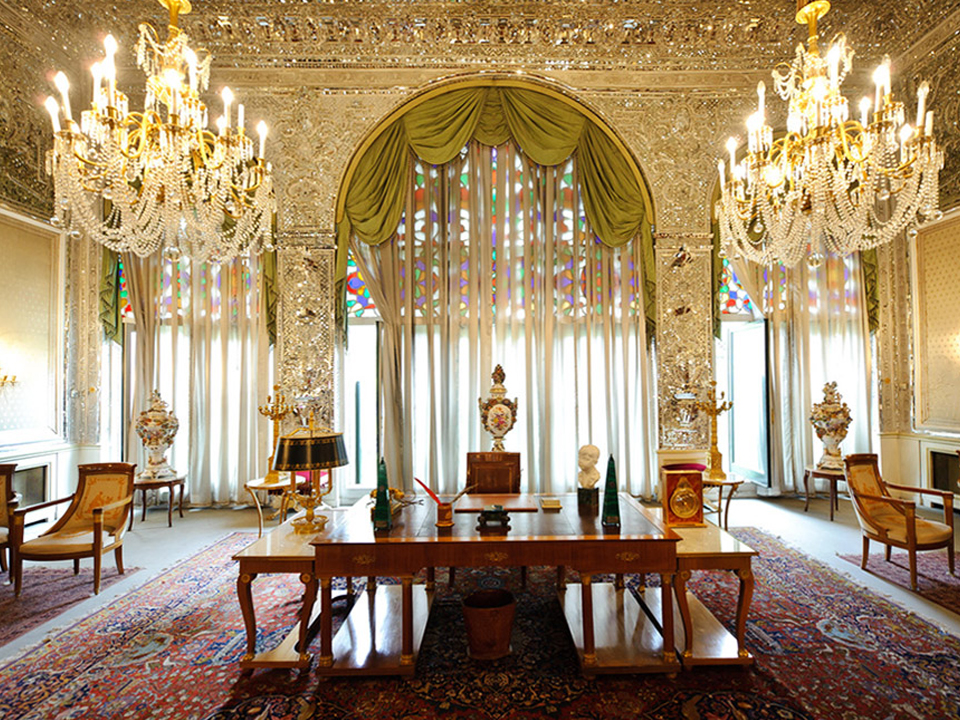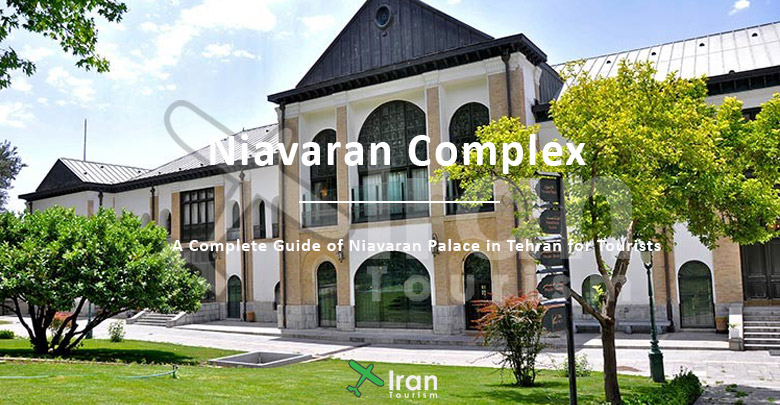Niavaran Complex (Niāvarān) is a historic cultural palace north of Tehran (Shemiran), Iran. It consists of several buildings in a wide, flourishing garden, dating back to the Qajar and Pahlavi periods.
Niavaran Complex and Sa’dabad Complex were the main governmental centers in the Pahlavi era, specifically in the second Pahlavi period, Mohammad Reza Shah.
To learn more about this historic cultural palace, Niavaran Complex, follow this Iran Travel Guide Center article.
Overlook of Niavaran Complex
Accessibility: The nearest station, Tehran Metro, or any bus and (bus rapid transit network in Iran) BRT stop is Tajrish. To reach Tajrish Square, take metro line 1 (color-coded red) or BRT 7 (color-coded dark green) and drop off at Tajrish Square.

Niavaran Complex and museum
Henceforth, take a taxi to Shahid Bahonar (Niavaran) Square. From there, you must take 5 minutes of walking to get to the Niavaran Complex. Another easiest way is to bring an exclusive Snapp Taxi (Iranian Uber) taxi.
Opening Days and Hours
The first half of the year: 9 A.M. to 7 P.M. Ticket sales only open until 6 P.M. Second half of the year: 9 A.M. to 6 P.M. Ticket sales only open until 4 P.M.
Niavaran Complex is open every day of working days but not on these dates:
- 4th and 6th of June
- 30th of September
- 1st of October
- 17th of November
- 9th of July
Entrance Fee: The complex’s main entrance and Niavaran Palace and Jahan Nama Museum require 500,000 RLS. Other entries need 1000,000 RLS each (UPDATED ON DECEMBER OF 2021).
Niavaran Complex is located on 11 hectares of Niavaran Garden. This building first being constructed by the command of Fath-Ali Shah of the Qajar dynasty for his summer residency.

Niavaran Complex was constructed near a village called Gord-e Vey instead of canebrakes. The following Qajar king, Mohammad Shah, made the development and construction of the building.
Naser al-Din Shah, the next Shah of the Qajar dynasty, commanded to build his palace, Saheb Qaranieh. Last but not least court made in the Qajar era was the Ahmad Shahi Pavilion. In the Pahlavi era, some buildings were destroyed. Finally, the Niavaran Complex and this historic cultural palace have been built modernly to accommodate the Shah and his family.
Niavaran cultural-historic Palace and Sa’dabad Complex were jointly run together until 1999. Iranian designs inspire the quadrangle shape of the court and its internal architecture
This Complex was conquered by the revolutionary forces in 1978. Since then in 1997, the government of Iran decided to put the Niavaran cultural-historic palace in public.
In addition to the buildings, museums are included in the Complex.
• Jahan-Nama Museum: in Persian, Jahan-nam means that which reflects the whole world. This museum embraces all the relics gifted to Pahlavi or the antiques they’ve provided worldwide.
• Royal Library museum: Besides the books, the piano and audio equipment use the space as a music room.
• Exclusive car museum of Niavaran palace: The Pahlavi Family’s special cars are shown here.
• the Garden of the Inscription Museum contains 43 inscriptions from different languages.
More info about the Cultural Historical Palace of Tehran, Iran
Saheb Qaranyeh and Hoz-Khaneh are closed for pathological studies; therefore, if you’re planning to visit those places, make sure they are open.




No comment